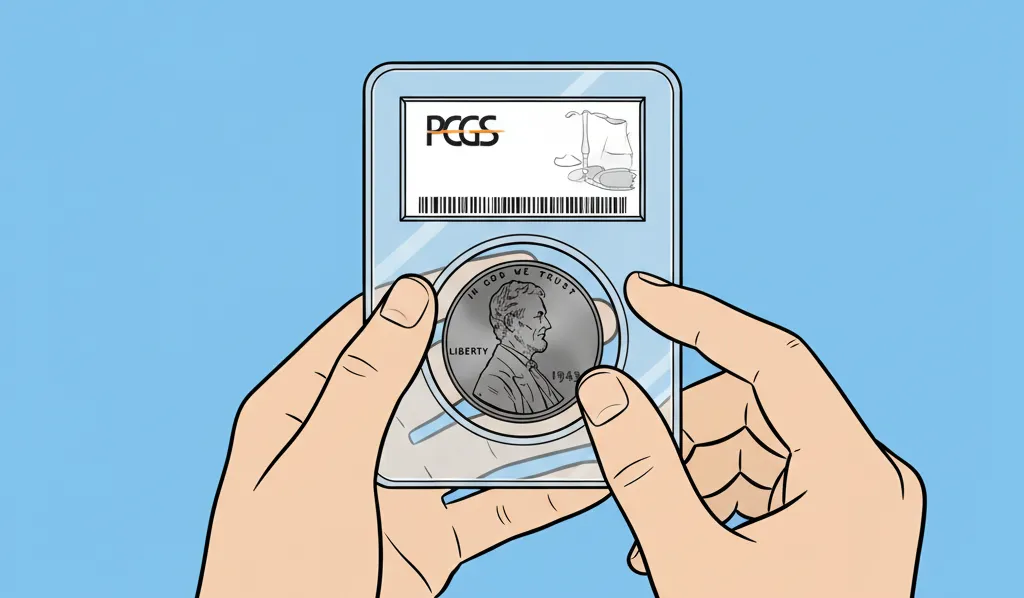Among the many cent tokens, there are some that are worth a fortune, and there are others that won't surprise anyone. Try to consider your collection not only from the point of view of metal, but also from the historical side, that is, with what meaning this coin was created, and what it was intended for.
For example, consider the 1983 D Penny value as a token that was produced during a difficult economic period in the United States.

Top 10 Most Expensive American Cents
Coin | Record Price |
1943 Lincoln Head Cent (Copper) | $1.7 Million |
1944 Lincoln Head Cent (Steel) | $408,000 |
1909-S VDB Lincoln Cent | $450,000 |
1955 Lincoln Cent (Double Die Obverse, DDO) | $120,000+ |
1969-S Lincoln Cent (Double Die Obverse, DDO) | $126,500 |
1972 Lincoln Cent (Double Die Obverse, DDO) | $31,200 |
1856 Flying Eagle Cent | $172,500 |
1877 Indian Head Cent | $149,500 |
1914-D Lincoln Cent | $150,000+ |
1983 Lincoln Cent (Copper Planchet) | $15,000+ (for a perfect coin) |
1943 Lincoln Head Cent Copper
During the time of the Second World War, the US Mint decided to make one-cent coins from steel that was covered in zinc, because they needed to save copper for weapons, and this is why the Steel Pennies appeared.
Some old copper planchets left from 1942 were accidentally pressed by the 1943 stamp.
The point is that it has a dark brown or red colour and weighs about 3.11 grams, while the correct steel coins weigh 2.7 grams and easily stick to a magnet.
There are less than 20 such coins, and in 2010, one of these coins was sold for $1.7 million.
1944 Lincoln Head Cent Steel
In 1943 the coins should have been steel but some were copper, but in 1944 the coins should have been copper, but the factory used some steel metal pieces.
These coins were originally meant to be cents for the Belgian Congo, but they accidentally became part of the American money series.
1909-S VDB Lincoln Cent
Designer, Victor David Brenner, put his small letters "VDB" on the back of the coin, made many people talk about it in a bad way, so the Mint quickly removed the letters.
But a small amount of the coins, about 484,000 pieces, were made in the San Francisco Mint with the S mint mark and managed to get out.
1955 Lincoln Cent Double Die Obverse
This one is easy to see, because on the front side you can clearly see the numbers in the date "1955" and the word "LIBERTY" are split into two lines.
About 20,000 to 24,000 of these coins went out into the general money circulation, they are quite possible for buying.
1969-S Lincoln Cent Double Die Obverse
This error is much rarer than the 1955 DDO, but it looks very similar, and the main thing about this one is that the letter S is not split into two — because the mint letter was put on the stamp after the Double Die mistake happened.
People know of less than 100 perfect coins of this type.
1972 Lincoln Cent Double Die Obverse
Even though it is not as rare as the 1955 coin, it still sells for a lot of money when it is in perfect condition, and if the doubling is clear and easy to see.
1856 Flying Eagle Cent
It was one of the first cents of a new, smaller design, and the Mint made only about 2,000 pieces as test coins to show to the government before they started making them for everyone.
1877 Indian Head Cent
This coin is rare because the Mint made fewer coins in 1877 than in other years, especially if it is in a high grade as it is the smallest number of coins made in the whole Indian Head Cent series.
1914-D Lincoln Cent
It is one of the lowest for the Wheat Penny type, making the value high even if it is not a mistaken one.
1983 Lincoln Cent Copper Planchet
In 1983 the Mint started using lighter zinc metal for all cents, but a small number of the heavy copper pieces weighing 3.11 grams were accidentally used for the 1983 tokens.
The Secret of the 1983-D Lincoln Cent
The Change to Zinc Metal
In 1982, the US Mint made a big decision, which was to stop making cents from 95% copper, weigh 3.11 g and start using cheaper metal that had 97.5% zinc, 2.5% copper plating, and weight 2.5 g.
The Copper 1983-D Copper Planchet Error
Because of this change, the most valuable mistake of 1983 appeared: the 1983 Lincoln Cent, wrongly pressed onto a 1982 copper metal piece.
How to check: You can only know if this coin is the rare one by using very good weighing scales, so if your 1983-D cent weighs 3.11 grams instead of the normal 2.5 grams — get it graded.
For example, in July 2017, one of these coins was sold for $7,050 even though it was not in perfect condition.
1983 Double Die Reverse/Obverse
The price for these coins is between $500 and $15,000 for new coins MS-65 Red.
For example, a coin with the Double Die Reverse (DDR) mistake in MS-68RD grade was sold for $1,380 in 2008.

The Special PCGS Grading Process
The Professional Coin Grading Service checks if rare coins are real and gives them a grade from 1 to 70, so that buyers can trust the token's condition before they buy it.
A person who wants to send their pieces to PCGS usually cannot do it directly, because PCGS asks for the coin to be sent through an Authorized Dealer.
And this dealer helps make the submission form correct and sends the coins safely to the office.
The person first decides which service they need, based on the value and how fast they want the process to be, and then they fill out a form with all the details about the coin.
When the package arrives at PCGS, the first step is that the company checks that the number of coins inside is the same as the number on the form, so that everything is correct.
Several different experts look at the coin very carefully and they check how much the coin has been touched, if the colour is still red, and only after many experts agree on the grade, is the final number decided.
After they decide the final number, the coin is immediately put into a special, strong plastic slab, sealed and cannot be opened without breaking it, and this container clearly shows the grade and a special barcode for everyone to look up the coin's information on the internet.
Conclusion
First of all, you should not focus strictly on the record price when selling your token. Psychology works in such a way that once you find out that there are people who are willing to buy tokens for millions, then you can set an overrated price.
Enchanted tokens for such huge amounts have been maintained in perfect condition for years, so if you accidentally discovered an interesting coin at an auction for 10 dollars and rush to resell it for 10 dollars, it is unlikely that you will succeed.
Approach this matter with high quality, and NEVER DECEIVE ANYONE, do not try to fake a rare mistake, because this way you will ruin your reputation as a dealer, and the number of customers will decrease significantly.



